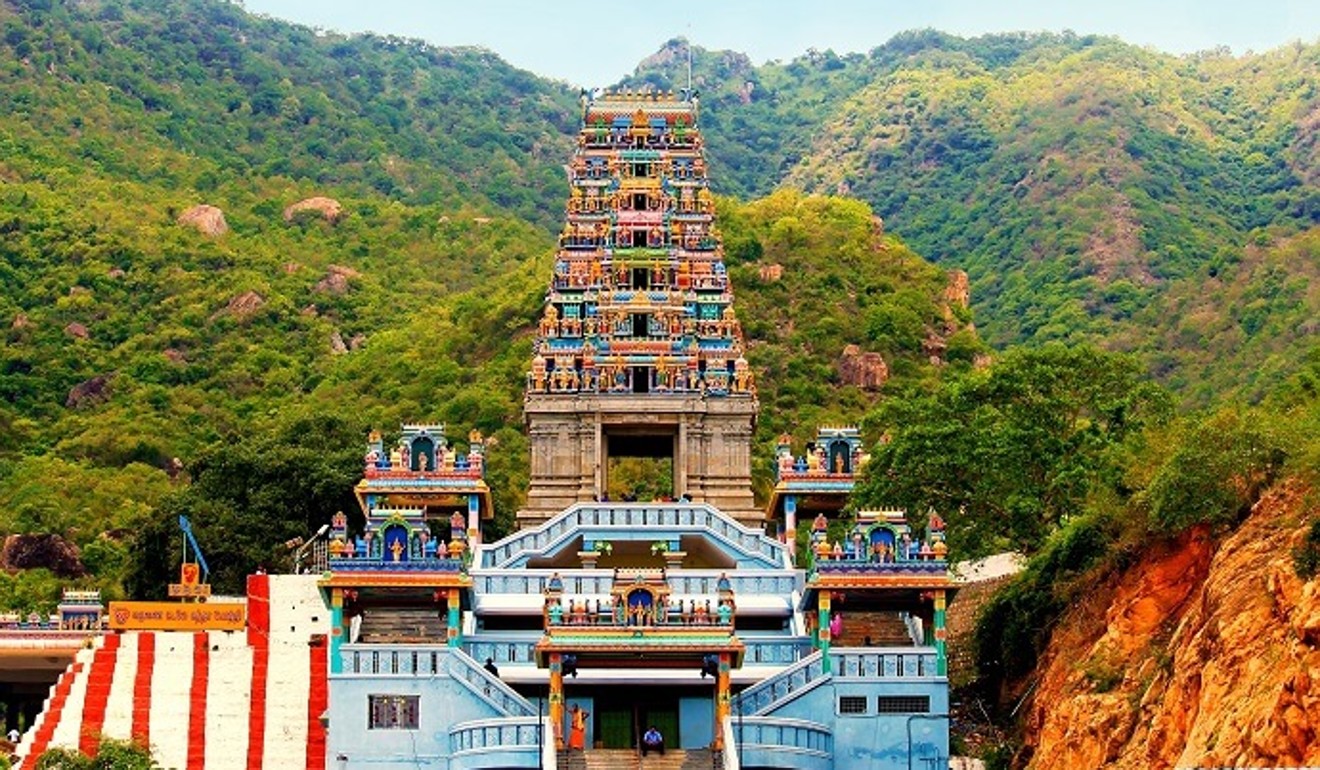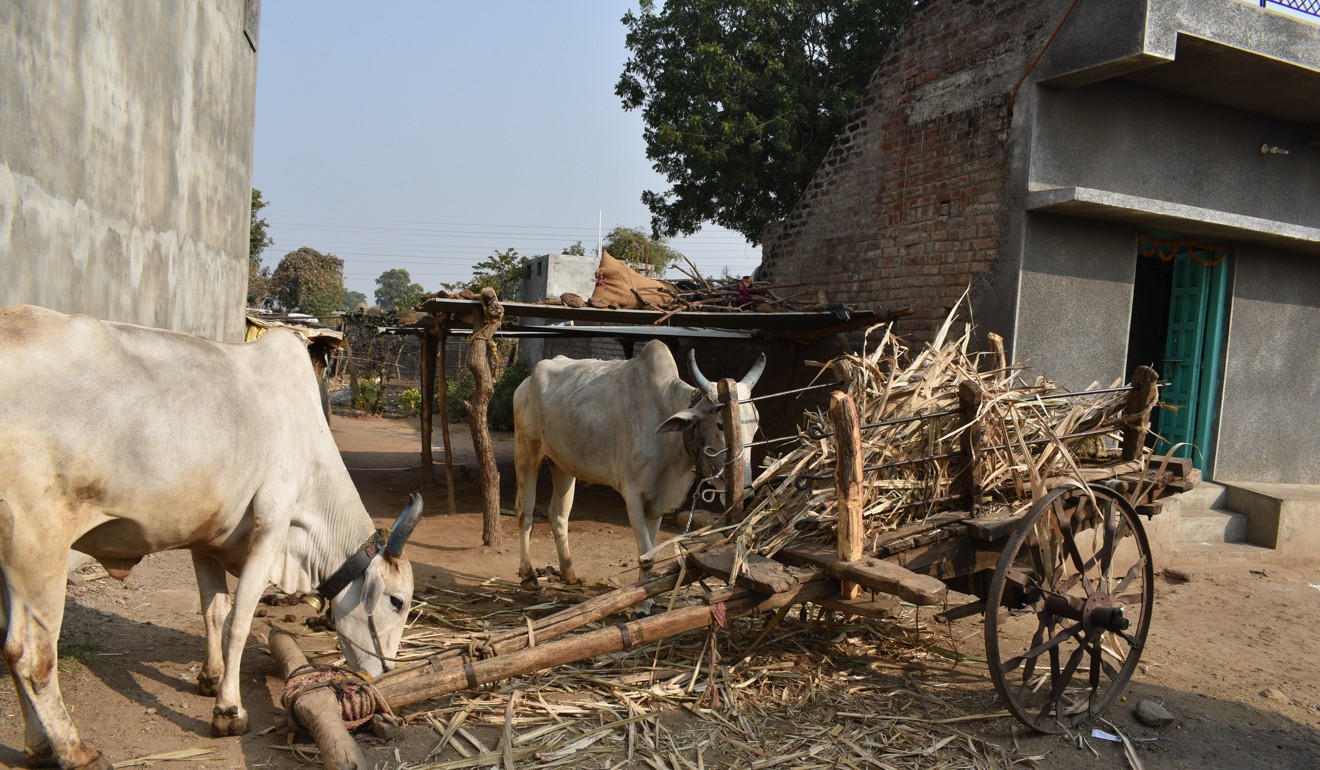
If Asia is tired of ‘Emperor Xi’, it must get its head around India
- India is a misunderstood giant – an economic presence that is fast becoming a critical engine of world growth
- But economics is just the beginning. A heavy handed China means Southeast Asia desperately needs India to play a larger role in its future
So, when I began my travels, I knew that I had to start in the south, in the historic heartland of the Cholas, only to discover to my disappointment that the veshti (dhoti) had long been supplanted by stretch jeans and chinos.
Now, India is many things: often concurrently. It’s cacophonous and crazy – a mix of Flipkart, Ola taxicabs, Ranveer Singh rapping in Hindi, caste prejudice and bygone eras. You’ll find Adivasi (or tribal peoples), the Dalits, Sufi Muslims, Jats and Brahmins: all somehow coexisting and yet also in conflict.
There are temples and shrines everywhere – honouring Gods and deities – but none more important than Brahma, the creator, Vishnu, the preserver and Shiva, the destroyer. It’s also the land of the Ramayana and the Mahabharata – echoes of which have reverberated across Southeast Asia. And on the Ganges plain, you can trace the life and death of the Buddha – a vital bond with Southeast Asia’s 150 million or so Buddhists.

Of course, there are many other creeds and religions that have left behind layer upon layer of faith, belief and practice: a dizzying world of temples, churches, synagogues, mosques and shrines.
So, as I’ve negotiated a patchwork of languages from Urdu to Bengali, Marathi and English – I’m forever aware of the shadows of those who’ve passed before me.
But my journey isn’t just about religion and culture, language or history. I’ve come to explore an often misunderstood giant – an economic presence that is fast becoming a critical engine of growth for Southeast Asia, if not the world.
India’s US$9.449 trillion economy (currently the third-largest in Purchasing Power Parity terms) and a 7.3 per cent GDP growth rate (the fastest among the G20 nations) means this ignorance must end.
China’s insatiable taste for durian swallows Malaysian tribal lands
Middle-class numbers have also skyrocketed. Two University of Mumbai academics, Sandhya Krishnan and Neeraj Hatekar argued in a 2017 paper that the middle-class has almost doubled from 304 million in 2004-5 to 604 million in 2011-12, though they acknowledge that much of this growth has been among the lower middle-classes.
This, in turn, has sparked a huge boom both in urban and rural India as demand for Fast Moving Consumer Goods (FMCG) has mushroomed. Given that palm oil is a key input in most FMCGs, India has understandably become the world’s largest palm oil consumer and importer – some 8.7 million tonnes in 2018.

Few people realise that Indian natural resource imports (including 31.5 million tonnes of coal per annum) now mean that Indonesia enjoys its largest trade surplus (US$8 billion) with India. However, given the horrendous smog cloaking much of Delhi and the Ganges plain – it’s worth asking whether thermal coal exports for power generation are viable over the long-term.
Tourism is another area of pent-up demand. The World Tourism Organisation predicts that India will produce some 50 million outbound travellers by 2020 – a figure that is expected to grow 10-12 per cent annually.
There are many new air routes between Indian cities and Asean countries. In fact, I’m planning on departing on the local low-cost carrier Indigo – from Varanasi to Bangkok – later in the month.
Also, a few weeks ago I boarded a non-stop, 7.5-hour Garuda flight from Mumbai to Denpasar. The World Travel and Tourism Council estimates that India’s outbound tourism expenditure will reach US$28.06 billion by 2028.
For India and China, uncertainty is the only sure thing about 2019
India is also the Philippines’ great competitor for Business Process Outsourcing (or BPO), a service industry that is worth well over US$23.8 billion per year to the archipelagic nation. However, as advances in Artificial Intelligence (AI) threaten to wreak havoc on the Philippines’ lucrative inbound voice business, India’s core strengths in software writing, IT and engineering look set to cushion the impact on the southern tech-cities of Bangalore and Hyderabad.
While current Asean-India trade and investment barely matches Chinese levels, growing concern about the Middle Kingdom’s strategic ambitions have made it imperative for Southeast Asians to expand their knowledge of the Subcontinent and deepen their ties with Indian elites – both political and business.
At the same time, profound cracks are appearing in his economic record. Smelling blood, an emboldened media is challenging his policies more boldly: ranging from a controversial demonetisation programme to job creation, rural incomes, environmental degradation and recent allegations of high-level corruption.

Indeed a round of legislative assembly elections in November last year saw an anti-incumbent swing in former BJP strongholds – Rajasthan, Chhattisgarh and Madhya Pradesh.
I have to ask – to what extent are we in Southeast Asia aware of the forces now at work in Delhi and across the Subcontinent? Do we understand how regionalism – the interests of provincial heavyweights such as the Telangana Rashtra Samithi – has become the dominant factor in electoral calculations?
Do we have a ‘read’ on the key players – like the fifth-generation scions of the Nehru-Gandhi dynasty, Rahul and Priyanka?
How long to get over a typhoon? In Philippines, 6 years and counting
What about the two extraordinarily forceful women from Uttar Pradesh and West Bengal: Mayawati and Mamata Banerjee respectively, both of whom disdain Modi and the Nehru-Gandhis in equal measure?
If you’re interested to learn more about India’s promise, I will be exploring the Subcontinent from a uniquely Southeast Asian viewpoint.
India has featured very heavily in Southeast Asia’s past.
It certainly matters to our present.
And with China becoming increasingly heavy-handed, Southeast Asia desperately needs India to play a larger role in our future – economics and business is just the beginning.

